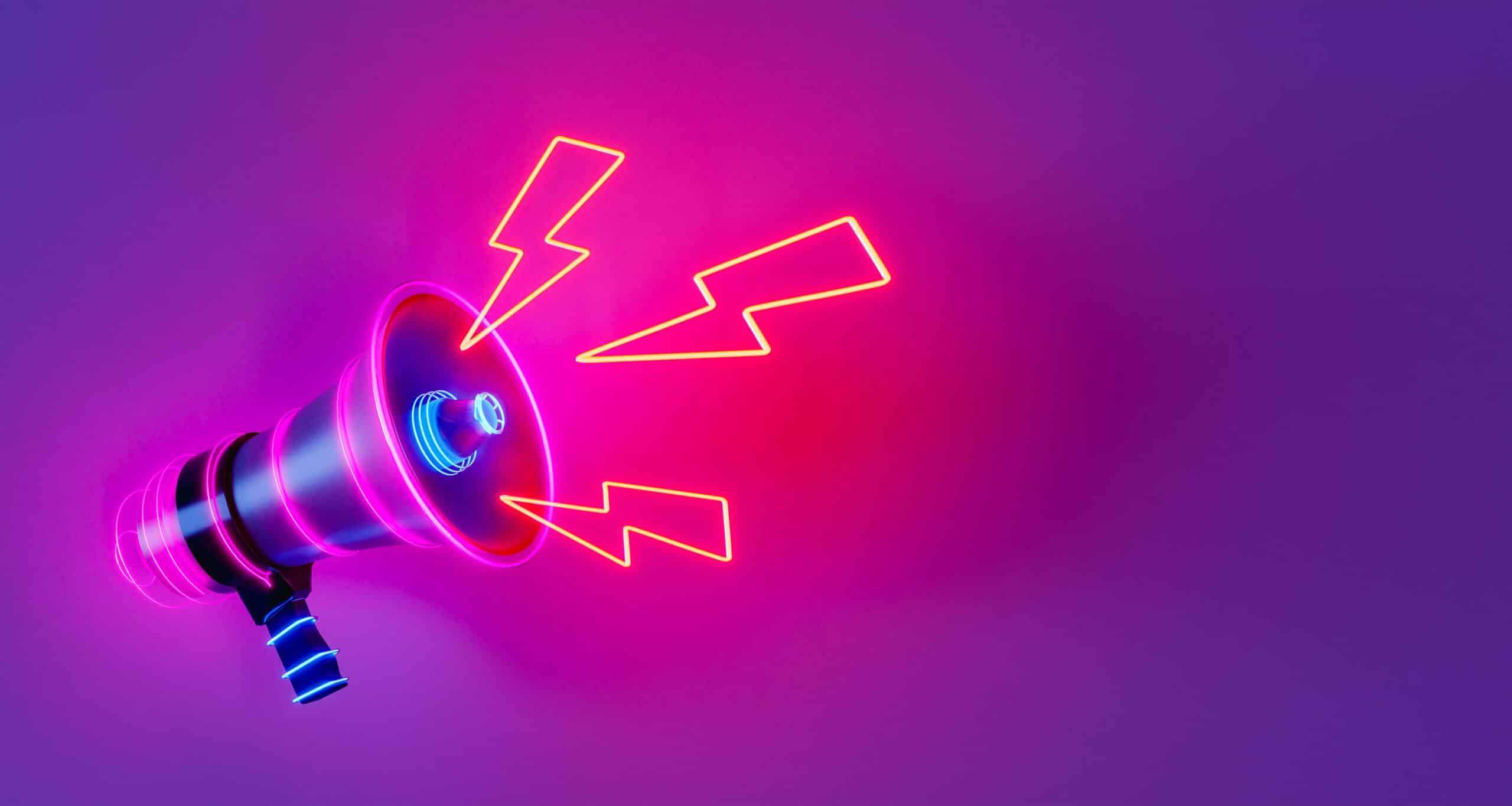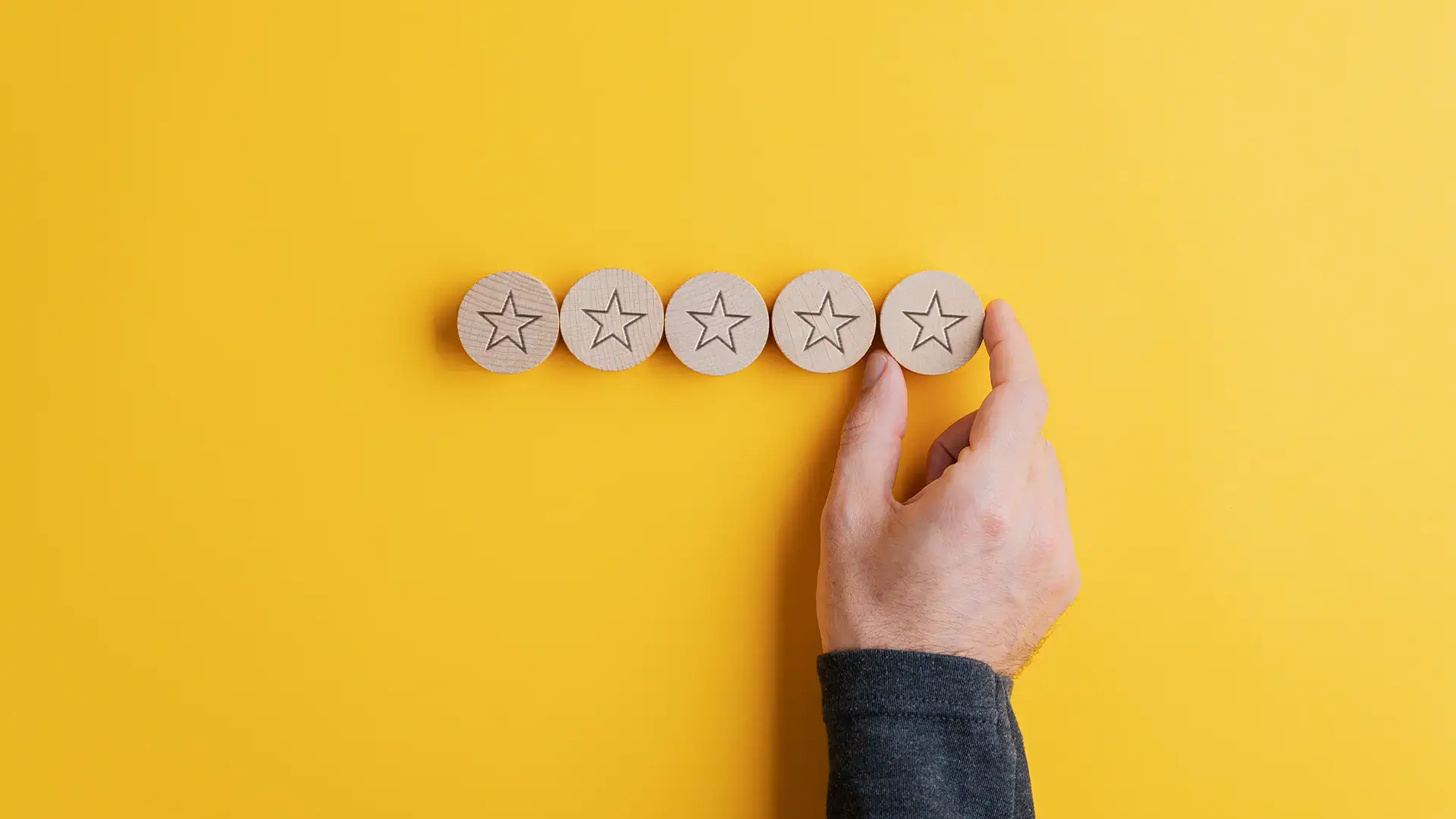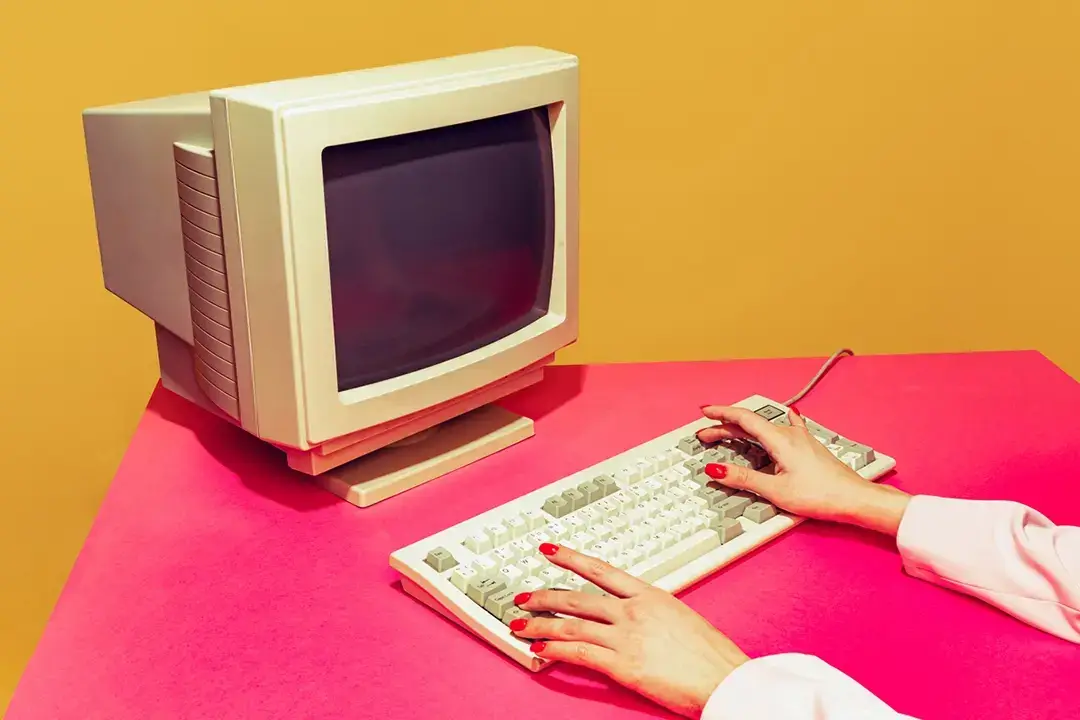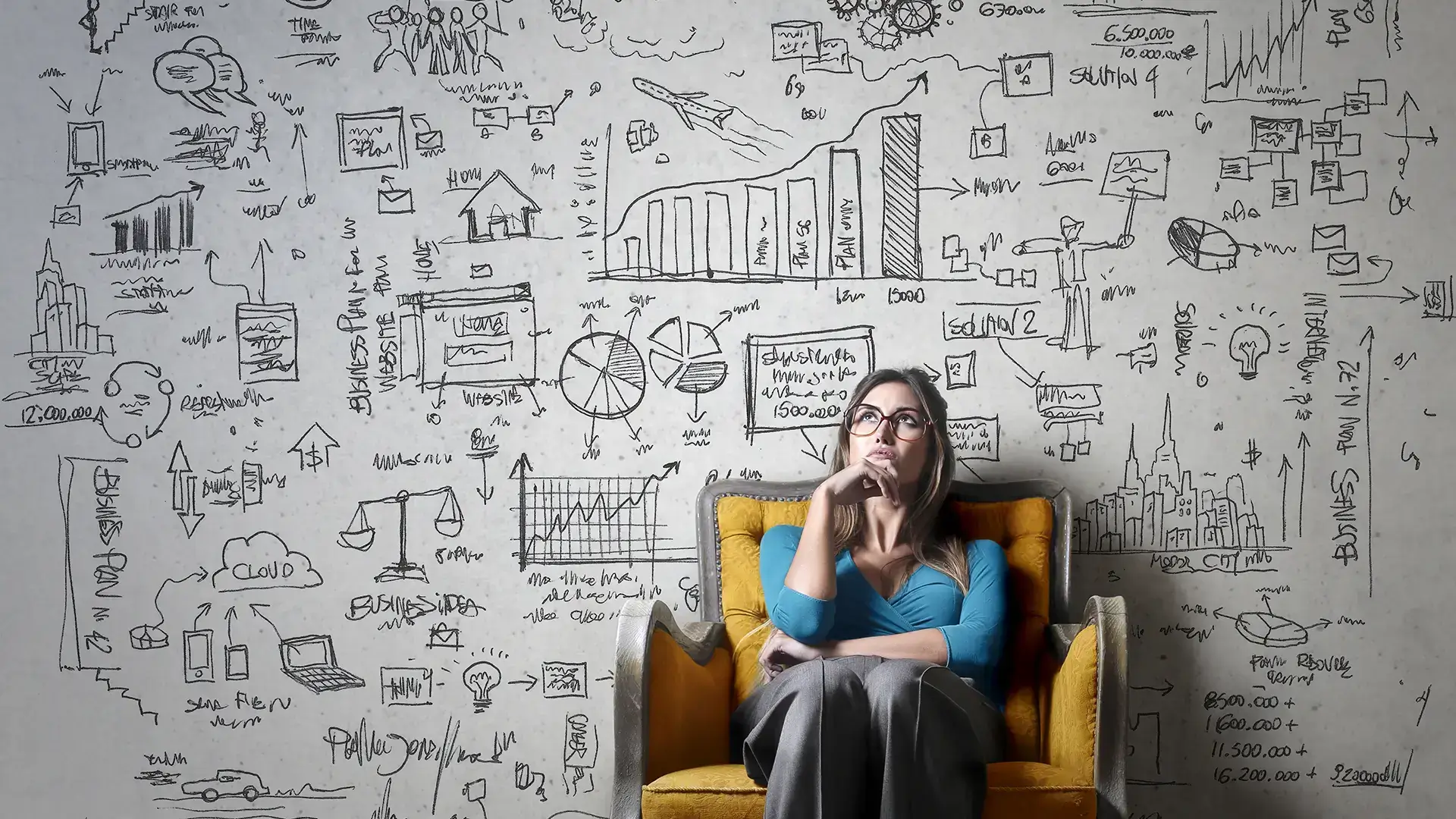Exhibition Design: A Guide
Exhibitions demand you grab the attention of someone on the move. Not only that but someone who is surrounded by others trying to do the exact same as you. Someone who is also thinking about where the coffee station is and, of course, how many freebies they can swipe without engaging with those giving them away from their stands.
You’ve got very limited time therefore to make your impact – to get their eyes on your message, spark their curiosity and get your story, or enough of it, across that they’re encouraged to come over and spend time in conversation.
Consequently, your exhibition space really needs to pull its weight to achieve this.
At Rubber Duckiee, we’ve no stranger to designing and advising on exhibition space and have put down here the most common mistakes we see, and how to avoid them. Because, no matter whether you’re educating policymakers at a government conference or showcasing innovation at a sector expo, your design needs to do more than look pretty. It needs to perform.
Common exhibition design mistakes & how to avoid them
- Cramming in Content
Something for everyone? Knowing there’ll be a diverse audience at an exhibition organisations often try and have something for everyone on their materials. Instead of pleasing everyone though this too often means no-one is pleased. It tends to lead to roller banners or backdrops being too busy – crammed with information, jargon, and “logo soup”. To someone not already aware of what that organisation does it’s overwhelming.
If there’s no clear hook standing out from everything else then your audience is just going to walk straight past.
Why? Because it’s simply too much for people to scan at pace.
Reading from a Distance, getting it right:
- The larger the letters, the farther away the text can be read. It might seem obvious, yet it’s so often ignored. As a rough guide, follow the 1 inch to 10 feet rule, for every additional 10 feet of distance the size of your text needs to increase by an inch in height. So each letter can be 1 inch high if it’s only to be read from a distance of 1 0feet, but should be 2 inches high if it’s to be read from a distance of 20 feet for instance.
- Choose your font carefully. Not all fonts are created equal when it comes to distance readability. If your brand has a very orate script then you might want to consider an alternative. It’s also worth being careful about your use of capitals, it ight intuitively feel like capitals will help legibility but actually using mixed case (upper and lower) enhances word recognition by preserving familiar shapes.
- Contrast. Pastels and neutrals are not your friend here. High-contrast colour combinations are what you need to go for to boost people’s ability to read your messaging at pace from a distance.
2. Where will people stand?
If people don’t know where to stand, what to look at, or what to do next, you’ve lost them before you’ve even started.
You might feel silly but the simplest way of getting around this is by doing a walk through.
Get the exhibition map and get your team involved. Work out where the entrances and exits are and likely direction of travel (figure out where the refreshments are). From there you can establish what aspect of your space people will see first.
Don’t forget to work out where your team on the day will be standing so you design your messaging around them too. Then allow space for people to come up and ask questions without blocking the view of others. Once you’ve got the key placements in mind you can plan how the space as a whole will tell your story knowing key elements won’t be invisible on the day.
3. Playing it safe
When your brand is going to be in front of a significant number of people it can be tempting to pare back anything a bit ‘out there’ and default to corporate colours and clean lines. While there’s nothing inherently wrong with this, you’ll come across as competent, you won’t necessarily come across as anything else, or leave a lasting impression.
For the same reason, unless you have a shocking fact, or statistic which will grab attention, then use facts as the support cast, not the lead player.
Instead try and lead with an element which will trigger an emotion. Imagery is one way of achieving this, or provocative copy, or even unexpected materials. Not all of these elements will work for your brand, even if they did it would likely be topo much to use all three. After all you don’t need to shock but you do need to get people to pause, to realise the value in spending time getting to know more about your organisation and why you’re there.
4. Forgetting the follow up
Exhibition design isn’t just about enticing people on the day onto your stand, it encompasses what happens next.
On the day itself that means thinking through how people will interact on the stand. We’ve covered planning for where they’ll stand, but is there anything they can touch? Scan for more information? Listen to? Do you have anything tangible they can take away or some means by which they / you can follow up digitally once they’ve left? Great exhibition design doesn’t end at the edge of the stand—it carries your story into the days and weeks that follow.
Our Approach to Exhibition Design
At Rubber Duckiee, our approach to exhibition design is guided by our commitment to supporting our clients be more effective (click here for more on how we approach graphic design). This means what we design for exhibitions must be both aesthetically pleasing and have an impact. To do this we ask three questions before we crack on with any design:
-
What’s the one thing the audience must remember?
-
How do we want them to feel when they engage with the stand?
-
What’s the journey we want them to take—from first glance to conversation?
Once we’ve established the answers to these points we can start to shape a space that guides rather than overwhelms. A space where everything exists for a reason and serves the purpose of engaging attention and generating interest.
Exhibition Design Is More Than a Pretty Space—It’s a Platform
At Rubber Duckiee, we believe your exhibition presence should do more than fill a footprint. It should be a platform for connection, clarity, and change. Whether you’re showcasing a new product, launching a campaign, or sharing your story—we make sure it’s impossible to ignore.
Because in a sea of sameness, standing out isn’t optional. It’s essential.
Thinking about your next exhibition?
Let’s create a space that doesn’t just speak—it sings. Drop us a message and let’s make your story unmissable.




